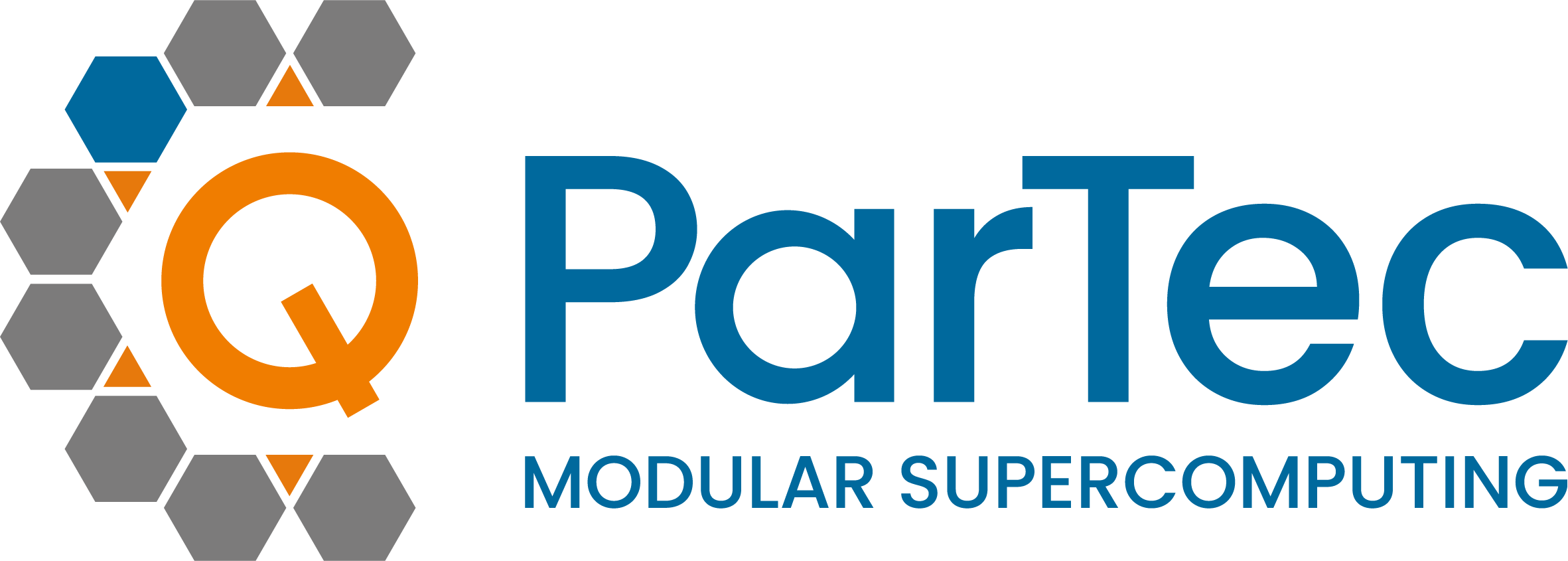As part of our “Inside Quantum & HPC Minds” series, we have interviewed Dr. Sai Narasimhamurthy, Senior Technologist & Project Manager (R&D) at ParTec. Sai discusses his interest in High-Performance Computing (HPC), his motivations for joining ParTec, the most exciting R&D initiatives ParTec is involved in, and the future of HPC. He also offers valuable advice for customers assessing new technology opportunities for their HPC systems.

Dr. Sai Narasimhamurthy
Senior Technologist & Project Manager (R&D)
Originally from the world of High Performance Data Storage, I completed my PhD on Data Storage at Arizona State University. I then co-founded a startup in Silicon Valley Bay Area, building on ideas from my thesis. My journey continued at Xyratex (later acquired by Seagate), where I delved deeper into HPC-specific data storage R&D. Joining ETP4HPC, Europe’s largest industry-led HPC think tank, further fueled my passion for the field.
After a rewarding 14-year tenure at Seagate, I sought to deepen my involvement in HPC, a realm known for its constant technological advancements. I was thrilled to join ParTec, a company dedicated to advanced computing and HPC, with whom I had collaborated since around 2013 as part of the DEEP-ER consortium. My engagement with ParTec continued through my role on the ETP4HPC Steering Board. These positive past interactions, coupled with my entrepreneurial drive, inspired my decision to join ParTec.
The innovative Modular Supercomputing Architecture, pioneered through R&D projects at ParTec in European research consortia, offers immense versatility. This approach enables the construction of supercomputers Lego-style, allowing for individual modules like CPUs, Storage, GPUs, or Quantum components to be easily scaled and provisioned for diverse workloads, from traditional HPC simulations to AI workflows and quantum computing tasks. Developing the necessary software infrastructure for such a system alongside our technology team is both thrilling and brimming with opportunities. Working on R&D initiatives also has the advantage of building the scaffolding from the ground up – be it developing technology parnerships, or very early stage proof of concepts, or navagating the political landscapes. This is always exciting!
I believe that HPC is where cutting edge innovations have always happened. Its fair to say in some respects that the supercomputers of yesterday are the mobile devices of today. The convergence of Quantum and classical HPC presents vast opportunities, capable of addressing numerous societal challenges. This era is ripe for the AI community to integrate with HPC, fostering deeper insights and fueling further innovation. The dMSA architecture is also amenable for adapting to trail blazing new innovations coming from areas such as Neuromorphic computing.
Consider the critical dimensions of cost, performance, energy efficiency, scalability, and resilience when evaluating systems. Assess how your chosen software stack aligns with these factors, if you have the flexibility to choose. Systems must accommodate diverse usage models, so understanding your user base is essential. Additionally, robust telemetry and health checking tools are vital in navigating the complexity of modern systems, ensuring their smooth operation.

To provide you with an optimal experience, we use technologies such as cookies to store and/or access device information. If you consent to these technologies, we may process data such as browsing behavior or unique IDs on this website. If you do not give or withdraw your consent, certain features and functions may be impaired.